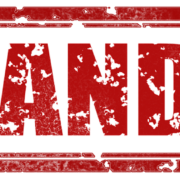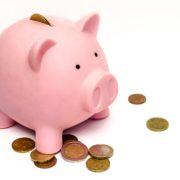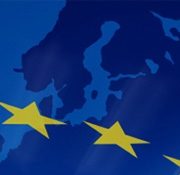#ProfitIP – The values of French and English brands
The previous publication reports the Forbes 2018 of brand ranking according to the values ofthe marks. The ranking can be viewed on this link.
The ranking shows the backwardness of French and English companies in the technological fields, or consumer products. The first brand of the ranking is Apple with a value of 182 billion dollars. The first European brand is Mercedes at 34.4 billion (13th in the ranking).
The first French brand is Louis Vuitton at 33.6 billion (15th of the ranking), then L’Oreal at 17.2 billion dollars (30th of the ranking).
The first English brand is Accenture at 14.8 billion (38th of the ranking), then HSBC at 11.9 billion dollars (52nd of the ranking).
The gap is considerable, so to French and English companies: ON YOUR MARKS !!!
The question of the method of estimating brand values may arise, in order to get such results.
Several methods for estimating the value of intellectual property rights are proposed and throughoutly discussed. The methods range from the most objective to the as much subjective as possible, taking into account scores on several criteria. The consensus is towards ISO 10668 standard. The same is obtained after national commissions of experts in marketing, tax, IP attorneys and accounting experts, from several countries of the European Union, and of Australia, Japan, Korea and China.
The standard is methodological and based in substance on three valuation approaches:
The income approach
The market approach
The approach by the costs.
In the income approach, the value of the IP right depends on the income it is likely to bring over its remaining life. Six methods are listed in the ISO 10668 standard, including the cash flows, the surplus profits specifically related to the IP right in question.
The market approach aims at estimating the value of a mark on the basis of the market price, usually by referring to comparable brands whose transaction prices have been made public.
The cost approach aims at estimating the value of an IP right on the basis of the costs incurred for its creation.
Other more complex methods, such as that of Interbrand, take into account brand-specific gains and a variety of “brand strength” parameters, namely, its positioning, the environment, competition, past performance and future plans. The parameters are weighted and the set of scores is used to determine the brand value.
the parameters are as follows:
– leadership: (25%) (ie: influence of the brand on the market / market shares);
– stability (15%) (brand sustainability allowing good customer loyalty);
– the trend: (10%) (ability to stay modern and sought after);
– the market: (10%) (business environment, growth rate, customer volatility, barriers to entry …);
– geographical scope: (25%) (frontiers of the protected territory);
– Marketing support: (10%) (generating marketing and communication expenses for the IP right in question);
– protection: (5%) (other IP deeds related to the one in question).
All these parameters are used to determine the value of the IP right in a relatively objective way.
This was only a sample of methods for estimating the value of industrial property rights.
All that remains is doing more and developping your intellectual property rights portfolio, and increase its value through communication campaigns and marketing actions increasing your reputation, and therefore your market share.





